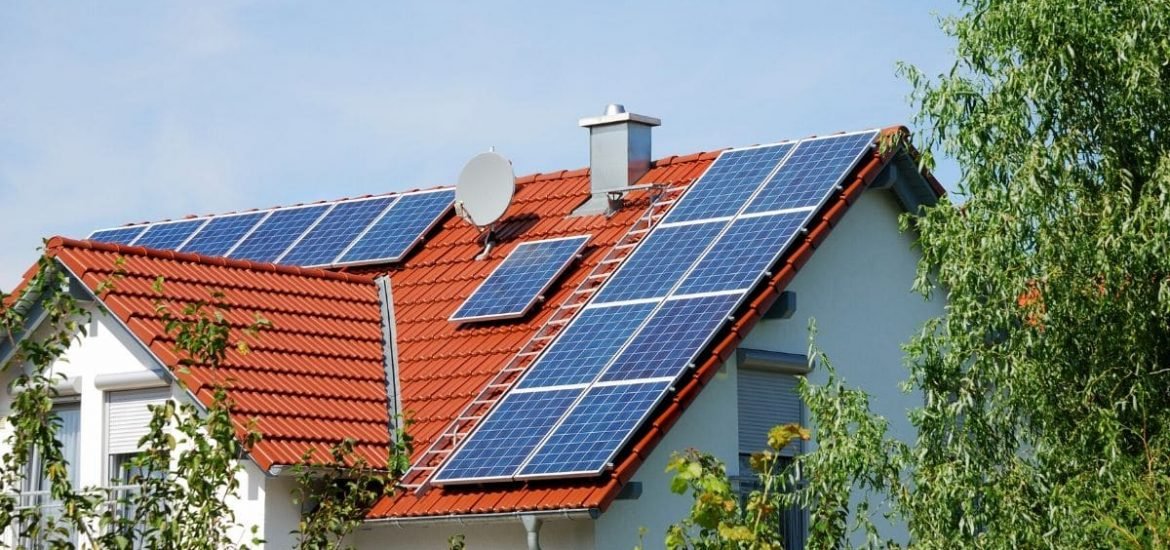
On Thursday 28 May, the European Commission unveiled details of the proposed ‘green’ recovery package aimed at pulling EU economies out of the recession caused by the coronavirus outbreak, along with a revised budget for the next seven years. The package still needs to be approved by the 27 member states of the bloc, and negotiations could take months.
In an address to the European Parliament on Wednesday, Commission President Ursala Von der Leyen emphasised that a green recovery from the economic fallout caused by the coronavirus crisis will require member states to act in solidarity: “The crisis has huge externalities and spillovers across all countries and none of that can be fixed by any single country alone”.
The EU economy is expected to shrink by seven per cent in the wake of the COVID-19 crisis. In the short-term, the fund will help EU member states recover from the economic shutdown, while in the long-term, the money will support clean energy initiatives and digitisation, with plans to accelerate the transition to clean transport and increase energy savings.
Senior officials have pledged “do no harm” to its landmark goals to tackle the climate crisis and threats to the natural world. Executive Vice-President of the Commission Frans Timmermans told reporters in Brussels: “With the new package we also commit to do no harm with regard to our climate ambitions”.
Timmermans also emphasised that we must learn from the past: “For many regions and companies including those relying on coal production and carbon-intensive industrial processes, this economic crisis has raised an existential question”.
“Do we rebuild what we have before or do we seize the opportunity to restructure and create different and new jobs? In all the actions we are going to take, we apply the ‘do no harm’ principle so you can’t have investment that takes us in a different direction”.
The unprecedented ‘green’ stimulus programme – worth 750 billion euros – is purported to be in line with the ambitious objective of the European Green Deal of becoming the first climate-neutral continent by 2050, unveiled last December and pegged by Von der Leyden as Europe’s new growth strategy.
However, environmental NGOs have expressed concern over the lack of detail on what ‘green investment’ actually means. They argue the package should include measures to ensure polluting industries or tax-dodging corporations do not receive no-strings-attached stimulus money. Indeed, the biggest beneficiaries could be large coal-producing countries like Poland, Romania, and Germany.
Timmermans responded by saying: “It is unthinkable that support will be given to go from coal to coal. That is how we are going to approach the issue. That’s the only way you can ensure you actually do not harm”. But also conceded that projects involving fossil fuels could sometimes be necessary, for example, the use of natural gas to help transition away from coal.
The future of the bloc – and whether its green ambitions are met – will be shaped by how the money is spent. A 7.5-billion euro fund presented earlier this year as part of an investment plan aimed at making the continent more environmentally friendly will be expanded to 40 billion euros – as a “just transition” fund away from fossil fuels – and is expected to generate another 150 billion euros in public and private investment.
The Commission has made a commitment to investments in hydrogen technology as a potential emission-free power source and to supporting rural areas in their transition toward greener agriculture models.